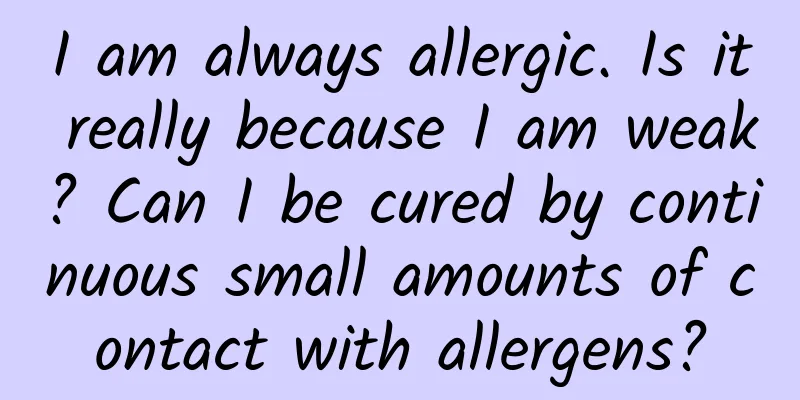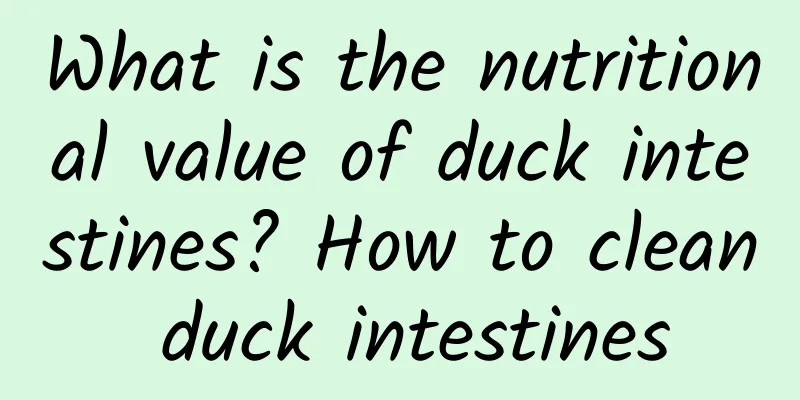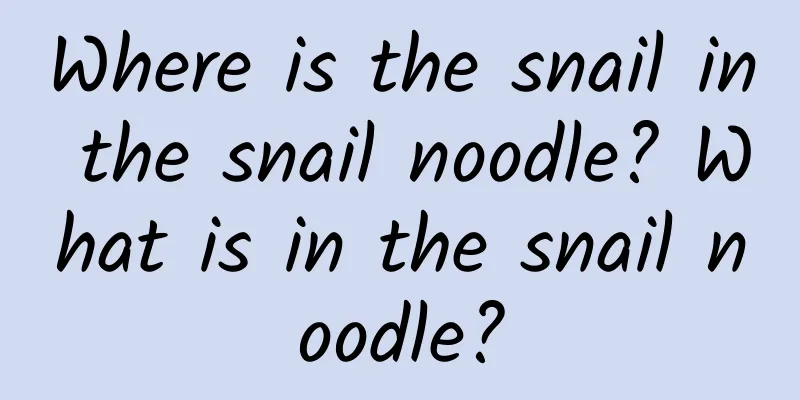What are the appearance characteristics and taste of persimmons? Can persimmons be put in the refrigerator?

|
Persimmons are not only nutritious, containing a large amount of sugar and multiple vitamins, but also have high medicinal and economic value. When ripe, they are yellow or orange-yellow, and when overripe, they are orange-red or bright red. They taste dry or crispy and sweet. The following is an introduction to the appearance characteristics and storage of persimmons, I hope it is useful. Contents of this article 1. The appearance and taste of persimmon 2. Can persimmons be put in the refrigerator? 3. Taboos of eating red persimmons 1Persimmon's appearance and tastePersimmons are spherical, oblate, spherical and slightly square, oval, etc. The fruit is green when tender, yellow, orange-yellow when mature, orange-red or bright red when overripe, etc. The taste is dry or crispy and sweet. Persimmons can usually be divided into two categories: sweet persimmons and astringent persimmons. Persimmon contains soluble tannins, which have strong astringent properties and can stimulate the tactile nerve endings in the mouth, giving a "astringent" feeling. Persimmons can be divided into red persimmons, green persimmons, yellow persimmons, red persimmons, white persimmons, and black persimmons according to their color. They can be divided into round persimmons, square persimmons, long persimmons, etc. according to their shape. Persimmon contains nutrients such as carbohydrates, citrulline, persimmon quinone, diospyros kaki, mannitol, oleanolic acid, iodine, vanillic acid, niacin calcium, and phosphorus. 2Can persimmons be put in the refrigerator?Persimmons can be stored in the refrigerator, but it is not recommended to keep them for too long, because the low temperature in the refrigerator may cause the original freshness of the persimmons to disappear, and the taste and flavor will be reduced. Persimmons are a plant of the genus Diospyros in the family Ebenaceae, native to East Asia, and have been cultivated in my country for more than 3,000 years. Persimmon is not only rich in nutrients, containing a large amount of sugars and multiple vitamins, but also has high medicinal and economic value. The various active substances in persimmon, including carotenoids, flavonoids, fatty acids, phenols, various amino acids and trace elements, can be widely used in medicine, health care and cosmetics. Persimmons are widely cultivated in my country. Except for the cold areas in the north such as Heilongjiang, Jilin, Inner Mongolia and Xinjiang, persimmons are cultivated in most provinces and regions. Guangxi, Hebei, Henan and Shaanxi are the four main persimmon producing areas, and their output accounts for about half of the country's total. 3Taboos of eating red persimmonsRed persimmons cannot be eaten with wine and crabs, and are forbidden for diabetic patients. Red persimmons contain a lot of sugar, which is not conducive to the control of blood sugar in diabetic patients and will aggravate the condition. Red persimmons and wine can easily form clots in the gastrointestinal tract and cause intestinal obstruction, and eating them with crabs can easily damage the stomach and intestines and form stones in the gastrointestinal tract. Red persimmons contain 10.8% carbohydrates, which are high in sugar, mostly simple diosgenin and monosaccharides, which are easily absorbed after consumption, leading to increased blood sugar. Diabetic patients secrete less insulin and cannot break down the sugar in persimmons. Eating persimmons will aggravate their condition and is not conducive to blood sugar control. Red persimmons are cold in nature, while alcohol is very hot and poisonous, with a slightly bitter taste. Alcohol entering the human body will stimulate increased gastrointestinal secretions. The tannic acid in red persimmons reacts with gastric juice in the stomach to form a thick and sticky substance, which easily clumps with cellulose to form clots, which are difficult to digest and excrete. Over time, it will cause intestinal obstruction. Red persimmons and crabs are both cold foods, and eating them together will make them even colder, which will damage the spleen and stomach. Crabs are rich in protein, and persimmons contain tannins and tannic acid. When the two meet, the protein in the crab meat will solidify in the intestines, then ferment and rot, causing symptoms such as nausea, abdominal pain and diarrhea, and in severe cases, stones will form. |
<<: How much does IQ have to do with success?
Recommend
Deloitte: Social Media & Digital Marketing Trends in 2013
via: deloitte contribution...
95% of colorectal cancers are caused by intestinal polyps! If you have these 3 signs when going to the toilet, don’t wait until the middle or late stages!
In our busy lives, we tend to ignore subtle chang...
Treatment for genital herpes virus
Many of our female friends are very prone to geni...
Is cervical erosion a gynecological disease?
Among many gynecological diseases, the most commo...
What are the dangers of having a thick uterus?
In order to understand their own health status, p...
Kidney Yin deficiency or kidney Yang deficiency? This is definitely a correct judgment.
The kidneys are important organs in the human bod...
Ibuprofen for children during breastfeeding
Key reminder: Children's ibuprofen puree and ...
April 9 is International Stomach Health Day. Let us protect our stomach together.
Today is April 9th, International Stomach Protect...
Can pregnant women really eat potato chips?
Potato chips, as the name suggests, are what we e...
Can I give birth if I see the red palace mouth open one finger?
Most women will become mothers one day. For pregn...
What are the symptoms or feelings of fertilization?
The so-called fertilization refers to the combina...
What to do if you have a narrow forehead and wide cheekbones
For female friends in today's society, especi...
The H1N1 flu is coming, and this drug is out of stock! Experts warn →
"The number of people diagnosed with influen...
What are the health-promoting teas for women that can replenish qi and blood?
The most common problems encountered by women inc...









